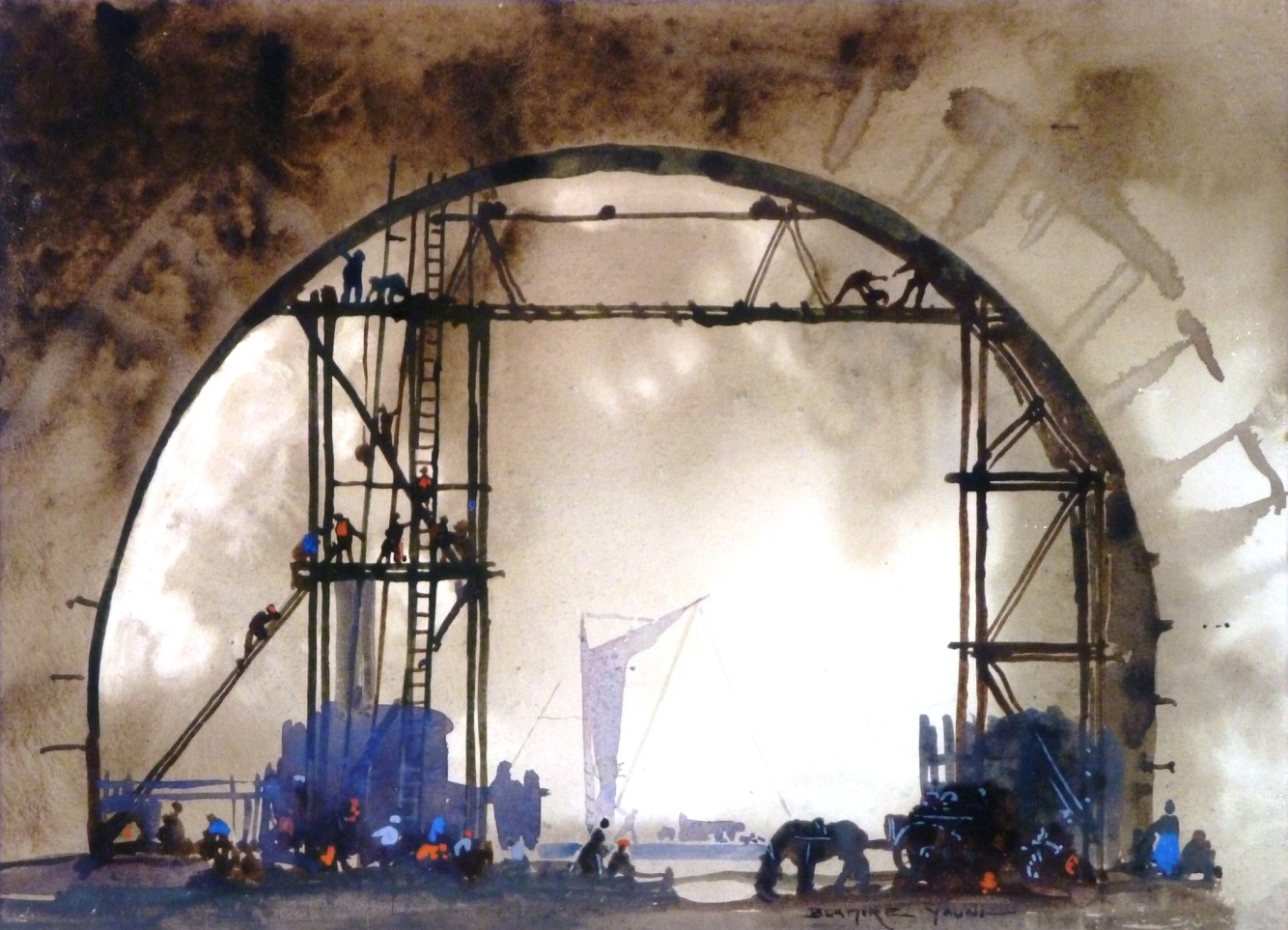Quest World™ is my entry into The Great Troika! Pocket Sphere Jam. For the unfamiliar, a pocketmod is a small booklet folded from a single sheet of paper, and a “sphere” is Troika’s rough equivalent of a plane or a planet. Quest World™ is one part of a stew I’ve had simmering for the better part of a year now, which I call the Uncanny Hinterlands.
The Uncanny Hinterlands
The first ingredient in the Uncanny Hinterlands was the Mothership adventure Hideo’s World, in which the characters enter a decaying virtual world in the mind of a genius game designer (a “slickworld”). It plays with the narrative frames in some interesting ways, for example you can order a coke in the virtual world, delivered to your physical location by drone. It’s also an “excuse” to explore a different set of tropes and aesthetics while keeping it grounded in a larger setting.
The second ingredient was Jared Sinclair’s Prismot zine, which expanded the idea from “I should run Hideo’s World” to “I should convert Hideo’s World to Troika!” I liked the idea of a world like Hideo’s, but that you could also travel to physically,1 a digitally constructed artificial realm of adventure.
That was on 11 March 2020, and on 16 March 2020 I started working from home in relative isolation. Eventually, I picked up RuneScape (OSRS) again, and that influence created the Uncanny Hinterlands, a larger, stranger setting.2 With my notes becoming too unwieldy to usefully think about, the game jam gave me the opportunity to ladle out a manageable portion to share with others.
Quest World™
Quest World™ is most heavily inspired by MMORPGs. I’m fascinated by the morality of RuneScape, where advancement may force you to compromise your morals. In general, there are many one-off or narrow solutions that could not reasonably exist in a normal TTRPG. Debates about violence in D&D and coverage of The Last of Us 2 put the term “ludonarrative dissonance” in my head, which seemed like a natural exploration inside these more complicated narrative frames.
I haven't got to play it yet, but I also wanted to shout out PAGAN: Autogeny as apparently having a similar concept (abandoned MMORPG), although I'm sure there are others.
Kill Arena
The next area of the uncanny hinterlands that I’d like to explore is the Kill Arena: a sphere inspired by classic FPS games. I especially always loved the way that physics glitches become core parts of gameplay or entirely different ways to play. I don’t know if this exploration will be coherent enough to share, but I offer it as an example of other spheres in the Uncanny Hinterlands.
Making the Pocketmod
I composed my first pocketmod at A7 page size, because an A4 pocketmod printed on US letter paper will still fold correctly (the reverse is not true). This time, I did not remember that and started writing at ⅛-size US letter paper. Fortunately, I gave myself 0.25” margins, so I was able to adjust the margins and paper size at the same time for the A4 version.
I used pdfjam for the final layout, which was pretty straightforward. My distribution (Mageia) provides it in the package “texlive-collection-basic” and the command to assemble the US letter-size pocketmod was:
$ pdfjam --angle 180 -o /dev/stdout qw.pdf '1,8,7,6' | pdfjam --nup 4x2 --landscape --paper letter -o qw-us.pdf qw.pdf '2-5' /dev/stdin
where “qw.pdf” is the 8-page ⅛-size US letter layout and “qw-us.pdf” is the pocketmod output. Similarly, the A4 pocketmod was assembled by:
$ pdfjam --angle 180 -o /dev/stdout qw-a7.pdf '1,8,7,6' | pdfjam --nup 4x2 --landscape --paper a4paper -o qw-a4.pdf qw-a7.pdf '2-5' /dev/stdin
I used LibreOffice for writing and layout, GIMP for image editing, Kolourpaint for rough image sizing and cropping, and Pixel Studio on an Android tablet for original art.
I made liberal use of the free resources on itch.io. I used the fonts Nicer Nightie, Silver, and Fool, and I used free 1-bit fantasy sprites and pixel portraits.
I also used several sets of glitch brushes and textures by dataerase. It’s a bit of a hack, but this is how I made them work in GIMP:
- Copy the .abr files to ~/.config/GIMP/2.10/brushes (you can leave them in subdirectories).
- Copy the folders of patterns from the CSP brushes to ~/.config/GIMP/2.10/patterns (you can leave them in subdirectories and also leave them as pngs).
- Using the clone tool, select "Pattern" as the source and select one of the glitch patterns. You can use any brush, but the new brushes will be square.
These aren’t true brushes: the pattern doesn’t scale with brush size, nor does the current foreground color matter, but for painting on pixel-scales in black & white, it worked very well.
Into the Uncanny Hinterlands
There is a lot more in the uncanny hinterlands, so I’m collecting some of the other ideas that inform them here for reference.



1 While some inhabitants of the Uncanny Hinterlands are there via neural uplink, some are using PC terminals, astral projection, or spaceships. Some could be considered “native,” even. back
2 I still have not lost track of my other OSRS-inspired projects, as they are tending in a different direction. back











